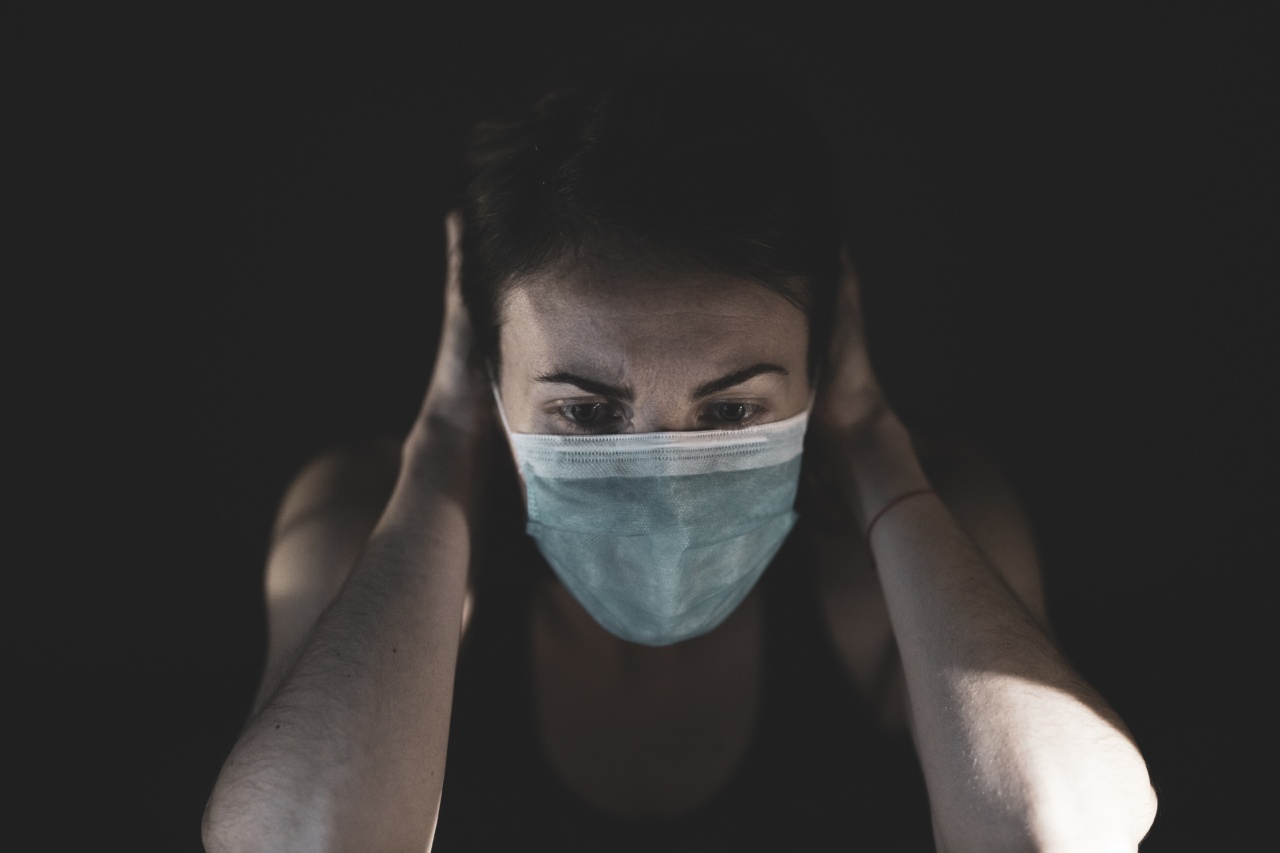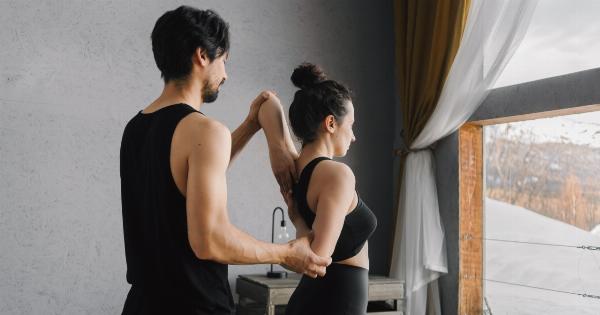Stress is a normal reaction of the human body to demanding situations. While some stress can be beneficial, chronic stress can cause physical and emotional exhaustion.
Therefore, learning how to manage stress is necessary for building resilience and preventing burnout. One of the most effective and accessible stress-reducing techniques is relaxation breathing.
What Is Relaxation Breathing?
Relaxation breathing is a breathing technique that focuses on slow, deep, and rhythmic breathing.
The goal of relaxation breathing is to activate the parasympathetic nervous system, which controls our rest-and-digest response, counteracting the sympathetic nervous system, which triggers our fight-or-flight response.
When we engage in relaxation breathing, we lower our heart rate, blood pressure, and muscle tension, allowing us to feel more calm and centered.
How to Do Relaxation Breathing?
Relaxation breathing is easy to learn and requires no special equipment or training. Here’s how to do it:.
- Find a quiet and comfortable place. Choose a place where you won’t be interrupted and can sit or lie down comfortably.
- Relax your body. Close your eyes and take a few deep breaths to release any tension in your body.
- Inhale slowly through your nose. Breathe in deeply and slowly, filling your lungs with air. Focus on expanding your belly and lower diaphragm, rather than your chest.
- Exhale slowly through your mouth. Let the air out through your mouth, either with an open mouth or pursed lips, whichever feels most natural.
- Repeat. Continue this deep, slow breathing for several minutes, focusing on the sensation of the air moving in and out of your body.
- End. When you’re ready, allow your breathing to return to its normal rhythm and take a few moments to notice how you feel.
Benefits of Relaxation Breathing
Relaxation breathing has been shown to have numerous benefits for physical and mental health. Some of these benefits include:.
- Reducing stress and anxiety
- Lowering blood pressure and heart rate
- Improving digestion and immunity
- Increasing feelings of calm and relaxation
- Enhancing cognitive function and creativity
- Reducing symptoms of depression and PTSD
- Decreasing physical and emotional pain
Variations of Relaxation Breathing
Relaxation breathing can be customized to fit individual needs and preferences. Here are a few variations of relaxation breathing:.
Box Breathing
Box breathing, also known as square breathing, is a structured breathing technique that involves inhaling, holding the breath, exhaling, and holding the breath again, all for equal counts of time.
This technique can help to regulate the breath and calm the mind.
- Inhale for four counts. Breathe in deeply for four counts.
- Hold for four counts. Hold the breath in for four counts.
- Exhale for four counts. Slowly exhale for four counts.
- Hold for four counts. Hold your breath out for four counts.
- Repeat. Repeat this cycle for several minutes, focusing on the rhythm of the breath.
4-7-8 Breathing
4-7-8 breathing is a relaxation technique developed by Dr. Andrew Weil that involves inhaling for four counts, holding the breath for seven counts, and exhaling for eight counts.
This technique can be particularly helpful for reducing anxiety and promoting sleep.
- Inhale for four counts. Breathe in deeply for four counts.
- Hold for seven counts. Hold the breath in for seven counts.
- Exhale for eight counts. Slowly exhale for eight counts.
- Repeat. Repeat this cycle for several minutes, focusing on the sensation of the breath moving in and out of your body.
When to Use Relaxation Breathing?
Relaxation breathing can be used in any situation where you feel stress or anxiety, such as before a meeting, during a commute, or before bed.
It can also be helpful to practice relaxation breathing regularly as a preventative measure, to build resilience and reduce the impact of chronic stress.
Conclusion
Relaxation breathing is a simple and effective technique for reducing stress and promoting relaxation.
By taking a few minutes each day to focus on deep, slow breathing, you can improve your physical and mental well-being and feel more calm and centered.





























